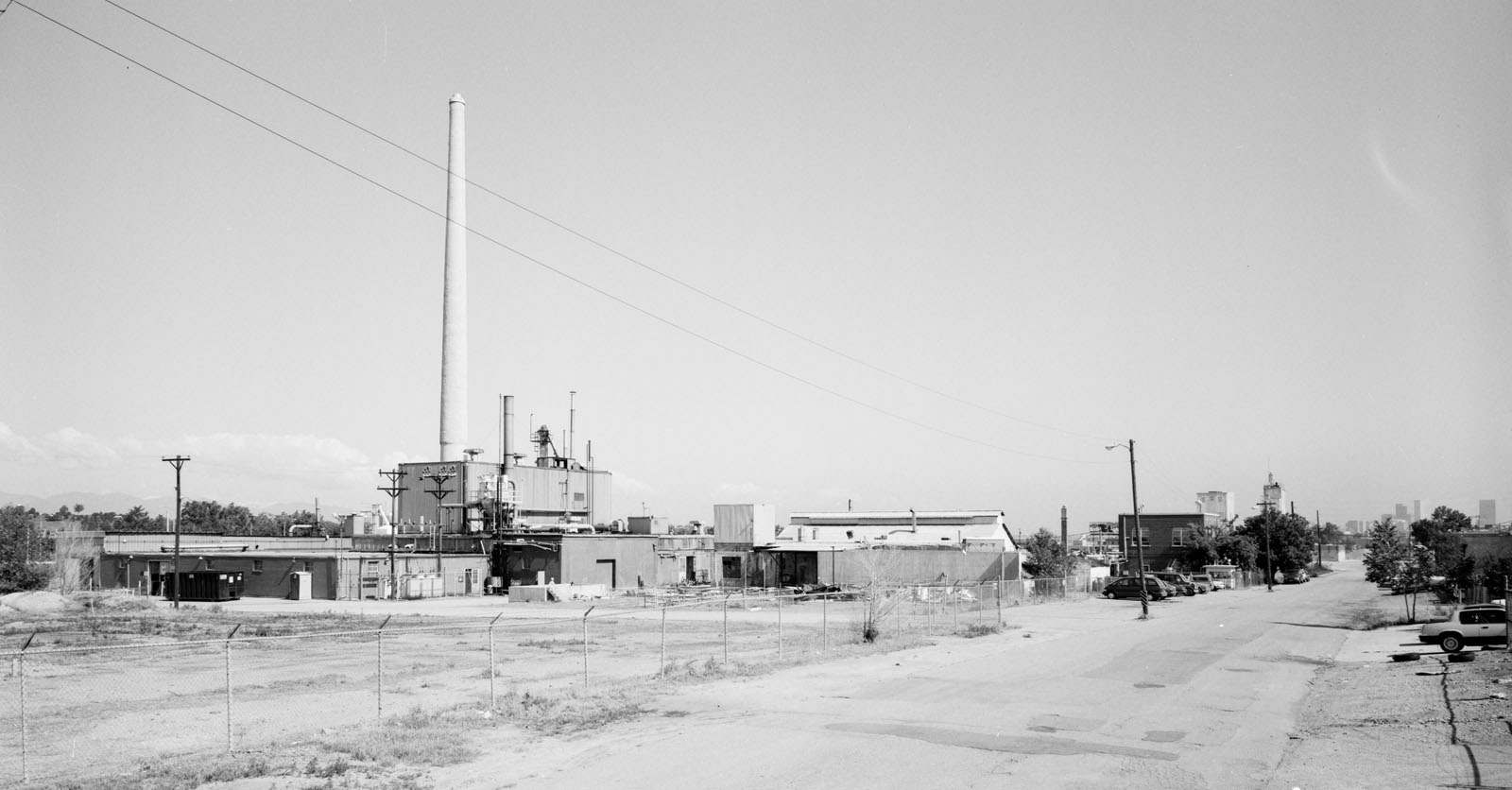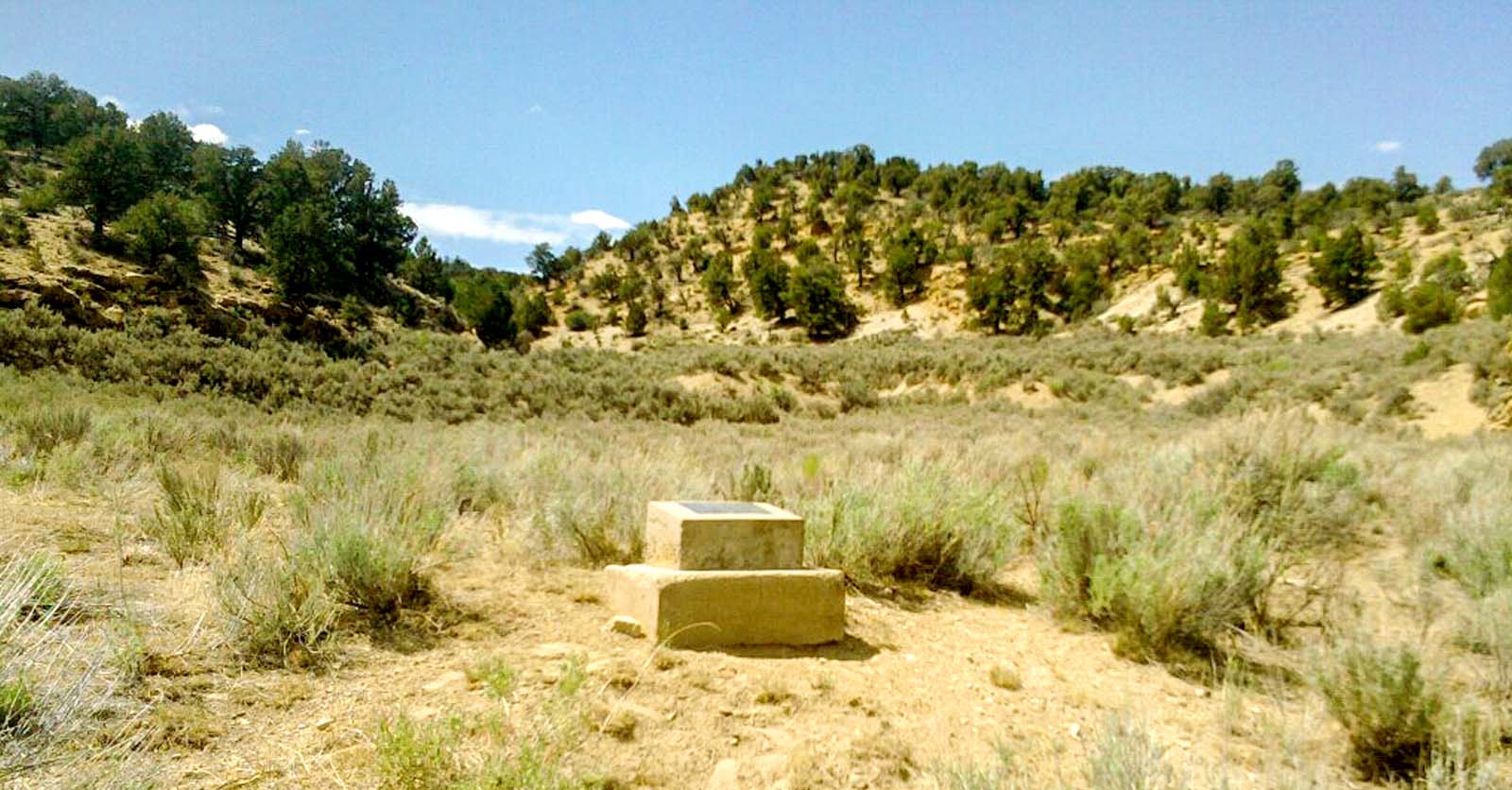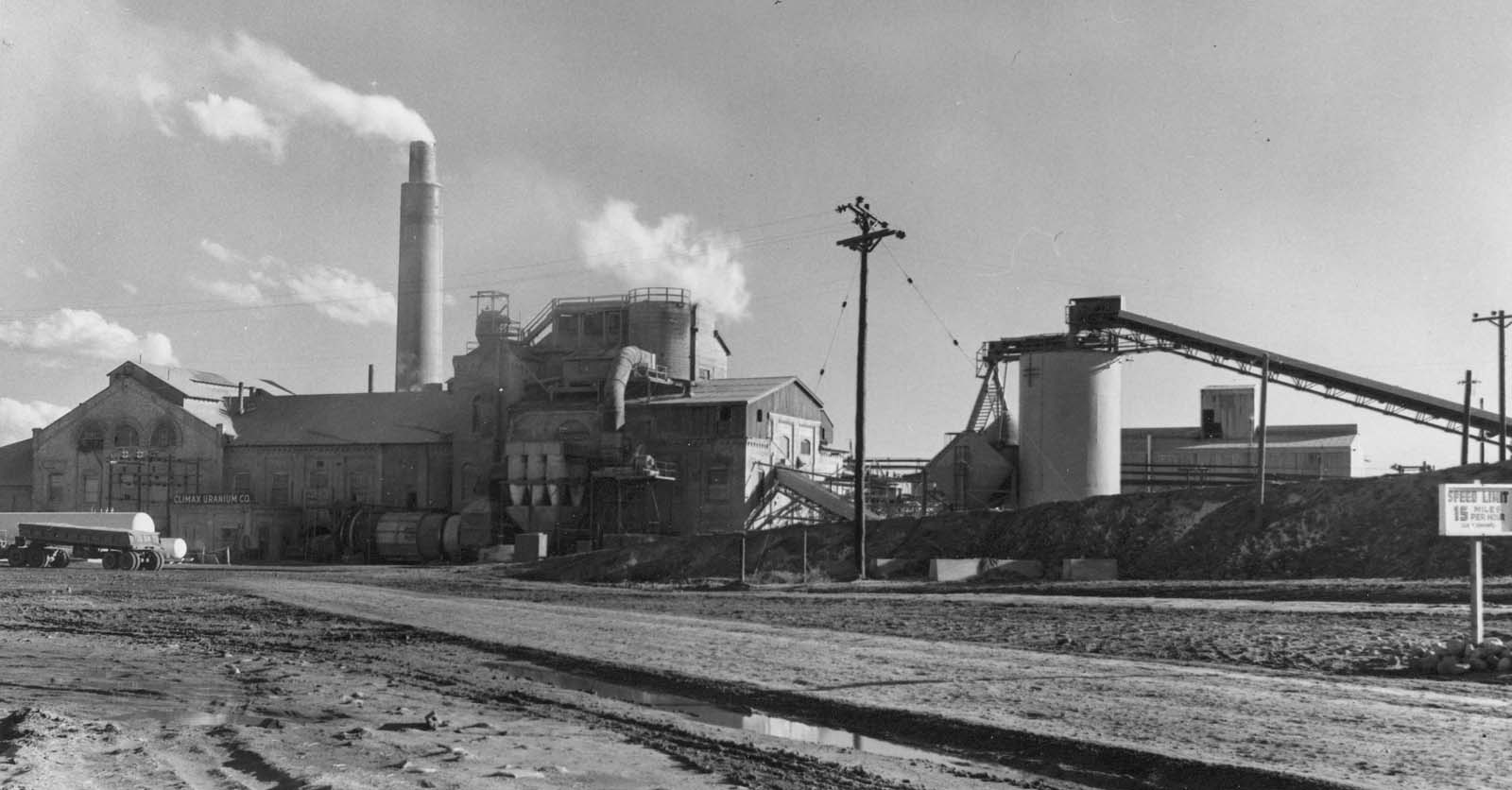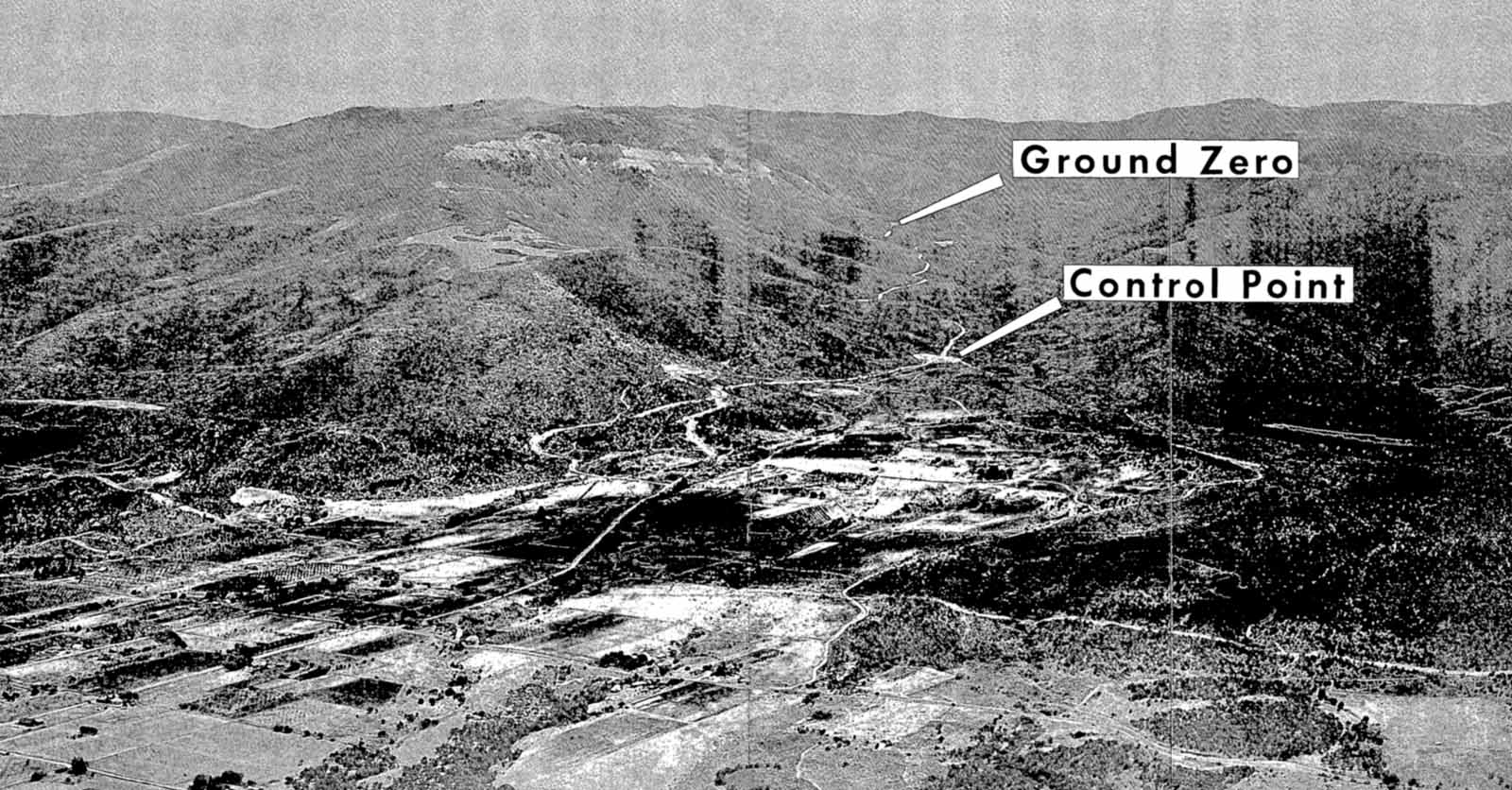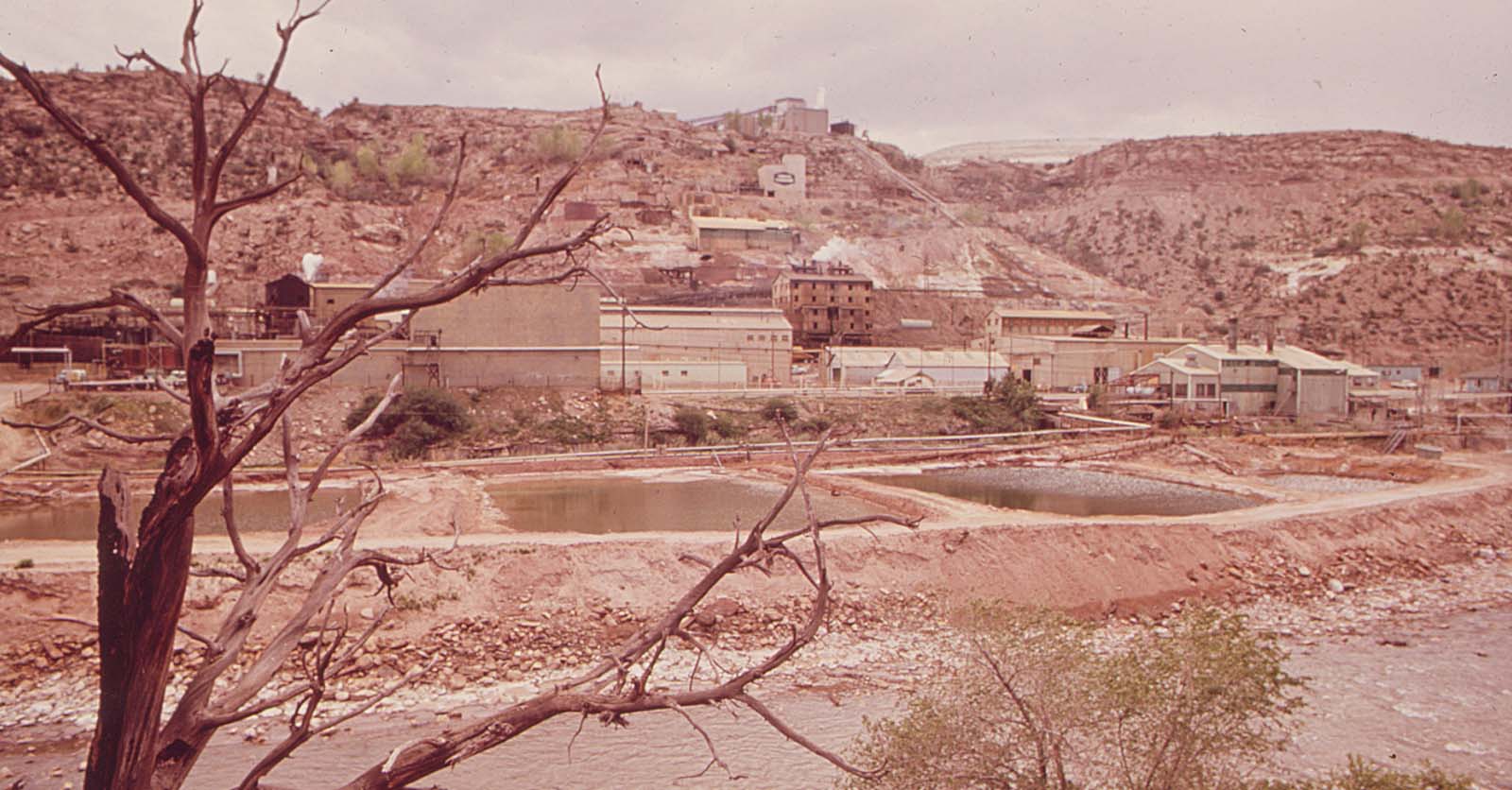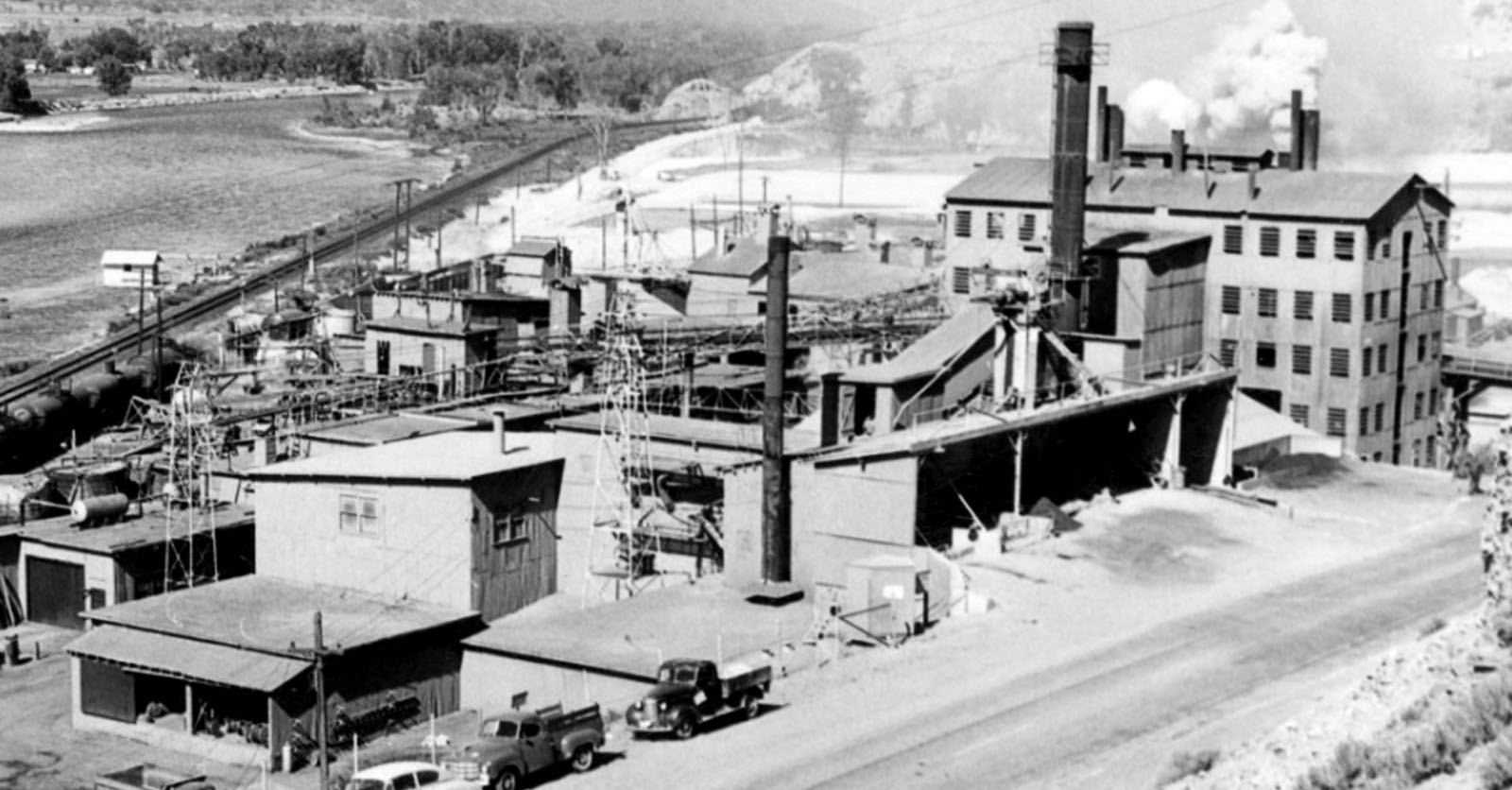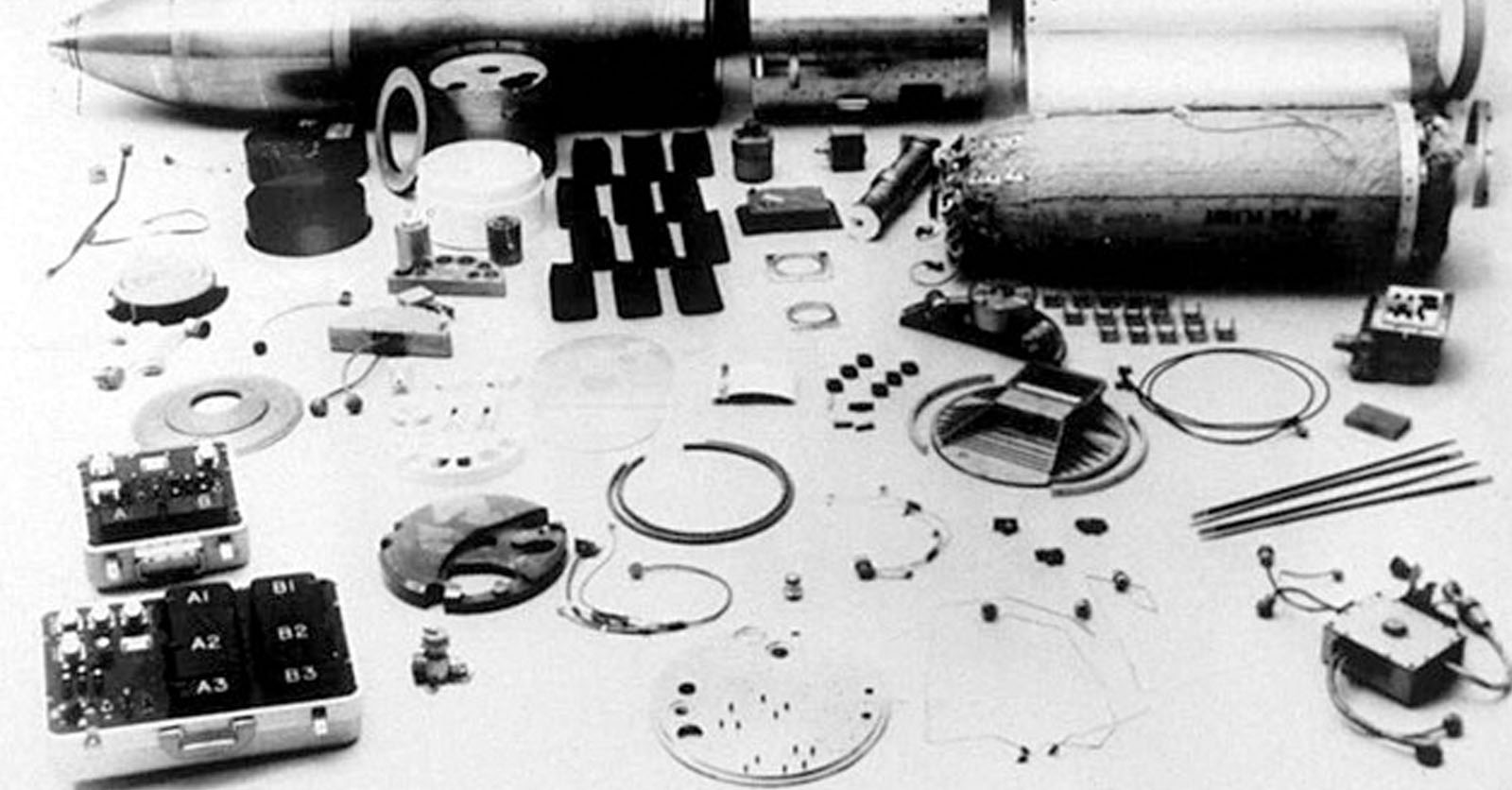3 min read
What is the Radiation Exposure Compensation Act? (RECA)
![]() Trusted Ally Staff
:
Mar 4, 2024 3:56:52 PM
Trusted Ally Staff
:
Mar 4, 2024 3:56:52 PM
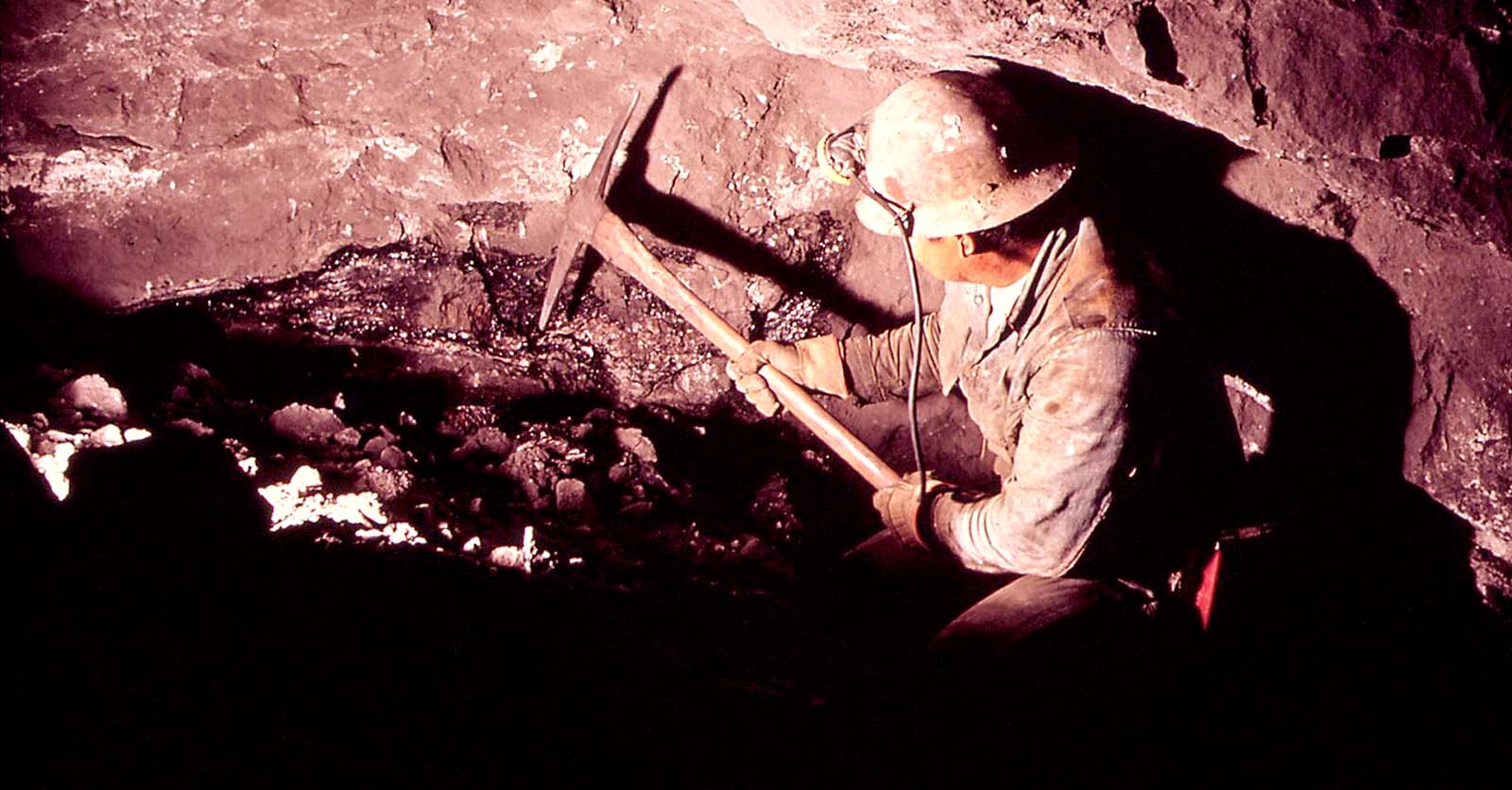
Subscribe to Trusted Ally News
UPDATE
July 3, 2025 - The Radiation Exposure Compensation Act was extended and expanded. The following information reflects the new parameters with a focus on uranium industry employment.
The Radiation Exposure Compensation Act
The Radiation Exposure Compensation Act (RECA) is a program designed to address claims of illness related to atmospheric nuclear testing and employment within the uranium industry. Tens of thousands of uranium workers and a vast span of "downwind" communities were exposed to radiation during the Manhattan Project through the Cold War and beyond for which they were not sufficiently protected or warned.
The Department of Justice (DOJ) established the The Radiation Exposure Compensation Act (RECA) in 1990. Under RECA, the Attorney General has been granted authority to establish procedures and assess whether claims meet the eligibility criteria.
Who qualifies for RECA compensation?
Uranium Worker States: RECA covers certain uranium industry employment between 1942 and now 1990 in the states of Arizona, Colorado, Idaho, New Mexico, North Dakota, Oregon, South Dakota, Texas, Utah, Washington and Wyoming. This expansion finally includes “post-’71” uranium workers, many of whom worked under federal contracts without adequate protections.
Core drillers are now included. Workers who drilled exploratory boreholes to locate uranium ore bodies are now recognized for their direct exposure to radioactive dust and contaminated groundwater.
Remediation workers are now included. Individuals who cleaned up contaminated sites such as abandoned mines, mills, and tailings piles are now eligible due to their exposure to residual radiation and radioactive materials.
These roles often involved prolonged, unprotected contact with radioactive dust, radon gas, and contaminated materials, leading to a high risk of respiratory illness and cancer.
Uranium employment now includes:
-
Uranium Miners
-
Uranium Millers
-
Ore Transporters
-
Core Drillers
-
Remediation Workers
Onsite Participants: RECA covers individuals who were present onsite during a test involving the atmospheric detonation of a nuclear device.
Downwinder Areas: RECA covers physical presence in certain counties located downwind from the Nevada Test Site in the states of Arizona and Nevada along with physical presence in the entire states of Idaho, New Mexico and Utah.
Waste & Fallout Areas: RECA covers residents who lived in certain parts of Missouri, Tennessee, Alaska and Kentucky who were sickened due to waste and fallout.
Does RECA cover healthcare costs?
RECA by itself provides lump sum compensation and does not cover healthcare costs.
However, certain people who are approved for RECA compensation may also qualify for additional tax-free compensation and free home healthcare under the Energy Employees Occupational Illness Compensation Program Act or the EEOICPA White Card Program. This is where Trusted Ally Home Care can step in and guide you through a Pathway to Care.
-
Uranium miners, millers, ore transporters, core drillers and remediation workers.
- Individuals who were present onsite during a test involving the atmospheric detonation of a nuclear device AND were also a DOE employee or contractor.
What medical issues have been added?
Kidney dysfunction is now a covered condition. Until the 2025 expansion, these programs focused mainly on lung diseases and certain cancers. But uranium exposure doesn’t just harm the lungs, it also impacts the kidneys, the body's natural filters.
-
Uranium is nephrotoxic: It accumulates in the kidneys, where it causes damage to tissues, tubules and filtration functions.
-
Many uranium workers suffer from chronic kidney disease (CKD), kidney failure and other renal impairments.
If you’ve worked with uranium and are now experiencing these symptoms, you may now qualify for home healthcare that was once denied
How much can uranium workers expect to be compensated?
Uranium miners, millers, ore transporters, core drillers and remediation workers who are approved for RECA compensation can expect the following based on covered conditions:
-
$100,000 tax-free lump sum payment from the DOJ through RECA.
-
$50,000 tax-free lump sum payment from the DOL through Part B of EEOICPA.
-
Up to $250,000 tax-free lump sum payment from the DOL through Part E of EEOICPA.
-
For a total of up to $400,000 possible tax-free compensation depending on approved conditions.
Free medical screenings
RECA claimants may qualify for free medical screenings through RESEP (Radiation Exposure Screening and Education Program) clinics located in Arizona, Colorado, New Mexico, Nevada, and Utah which can help in getting RECA claims approved.
RECA timeline
-
October 5, 1990 - The Radiation Exposure Compensation Act was passed and signed into law.
-
July 10, 2000 - The Radiation Exposure Compensation Act Amendments of 2000 was passed and signed into law which broadened the scope and coverage.
-
June 7, 2022 - The RECA Extension Act of 2022 was passed and signed into law which extended the RECA Trust Fund and the filing deadline for all claims until June 10, 2024.
-
June 10, 2024 - The Radiation Exposure Compensation Act expired.
-
July 3, 2025 - The Radiation Exposure Compensation Act was extended and expanded through the One Big Beautiful Bill Act that was passed and signed into law.
-
December 31, 2028 - RECA is set to expire.
Current uranium worker states

Does RECA actually pay claims?
Yes, and as of July 2025, close to $1 billion has been paid in total compensation to uranium workers.
Does EEOICPA actually pay claims?
Yes, and as of December 2024, over $27 billion has been paid in total settlements and medical bills paid.
Due to the complexity of the EEOICPA White Card Program, we recommend contacting us and we'll help you determine eligibility.
Your pathway to care starts with Trusted Ally Home Care. Get started today and let us guide you through the process of receiving the care you or a loved one deserves.
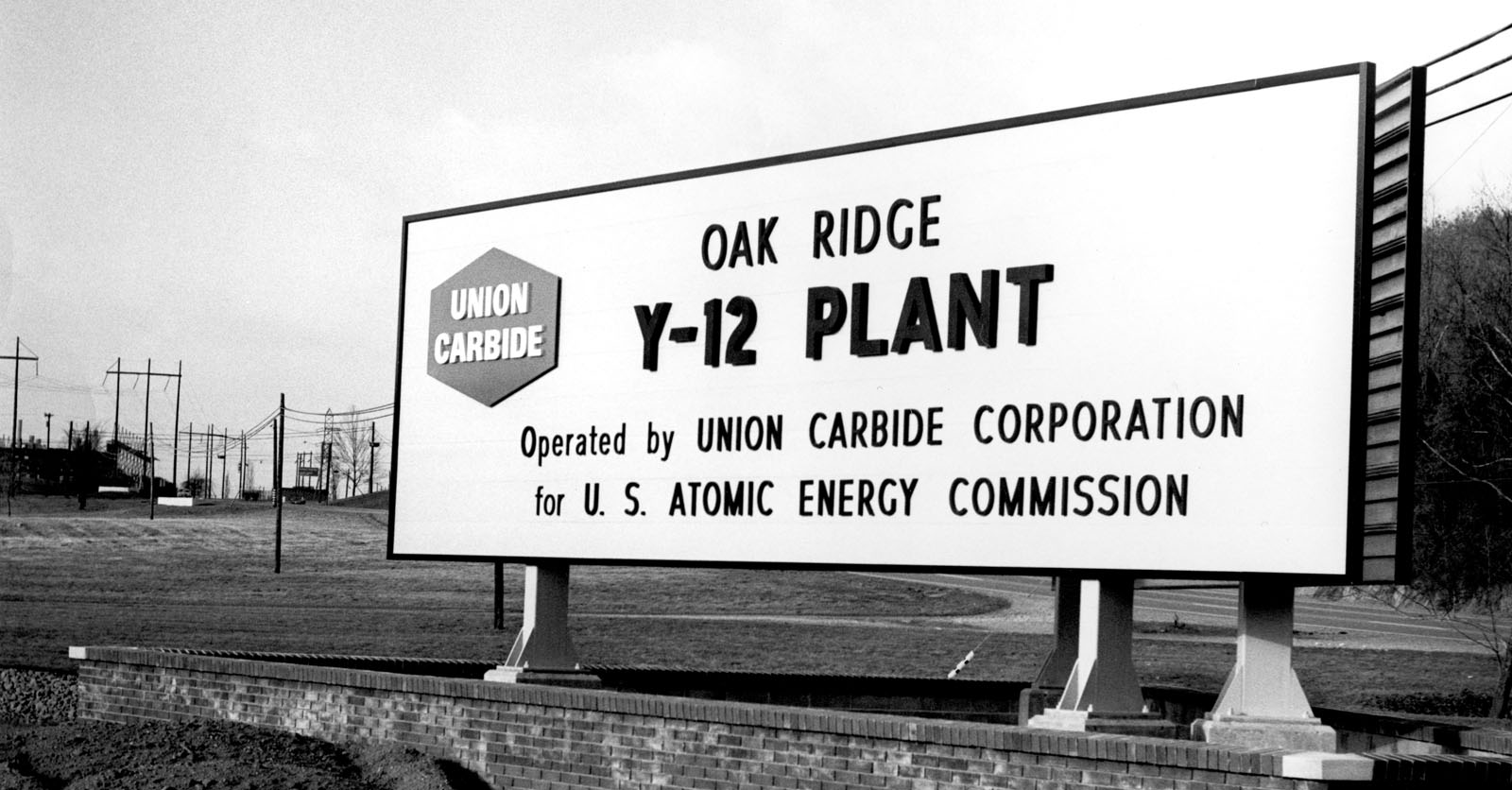
Trusted Ally is now open in Tennessee for EEOICPA benefits
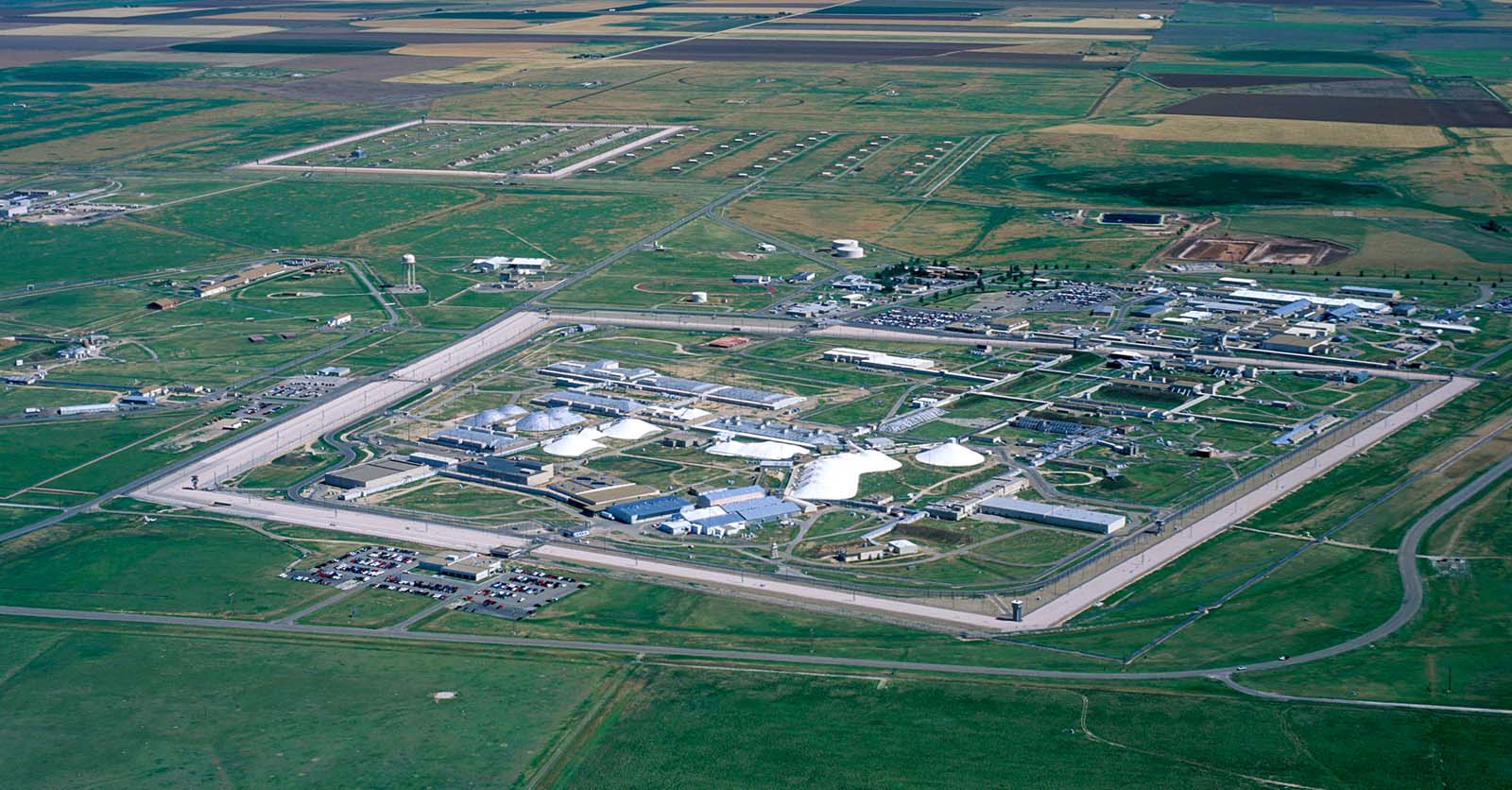 Read More
Read More







